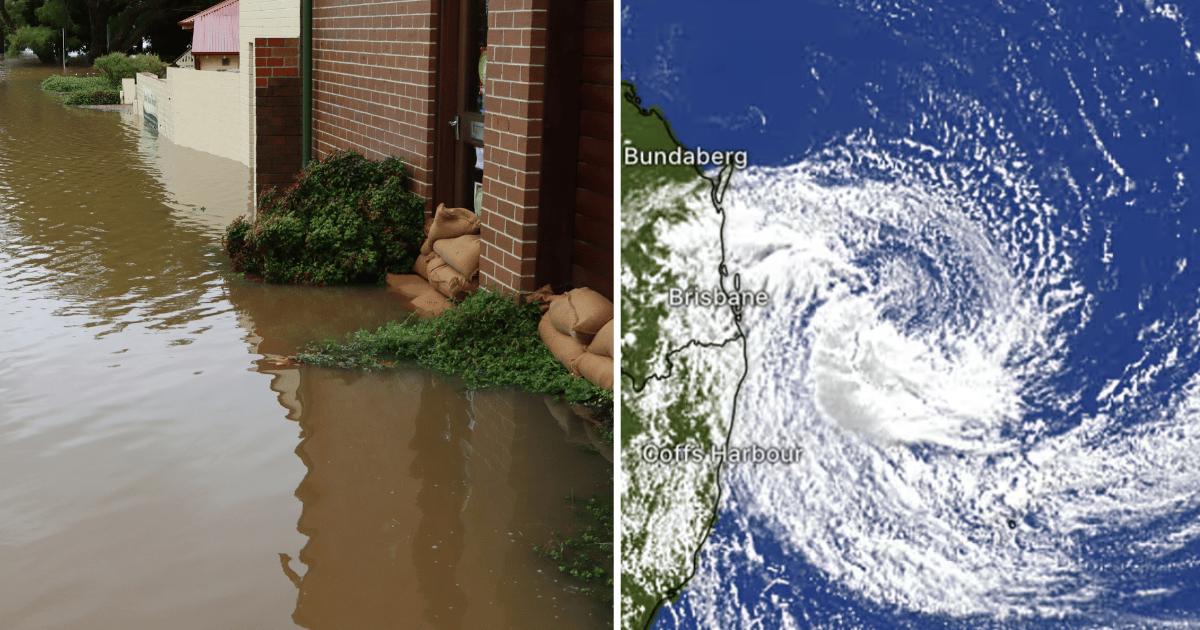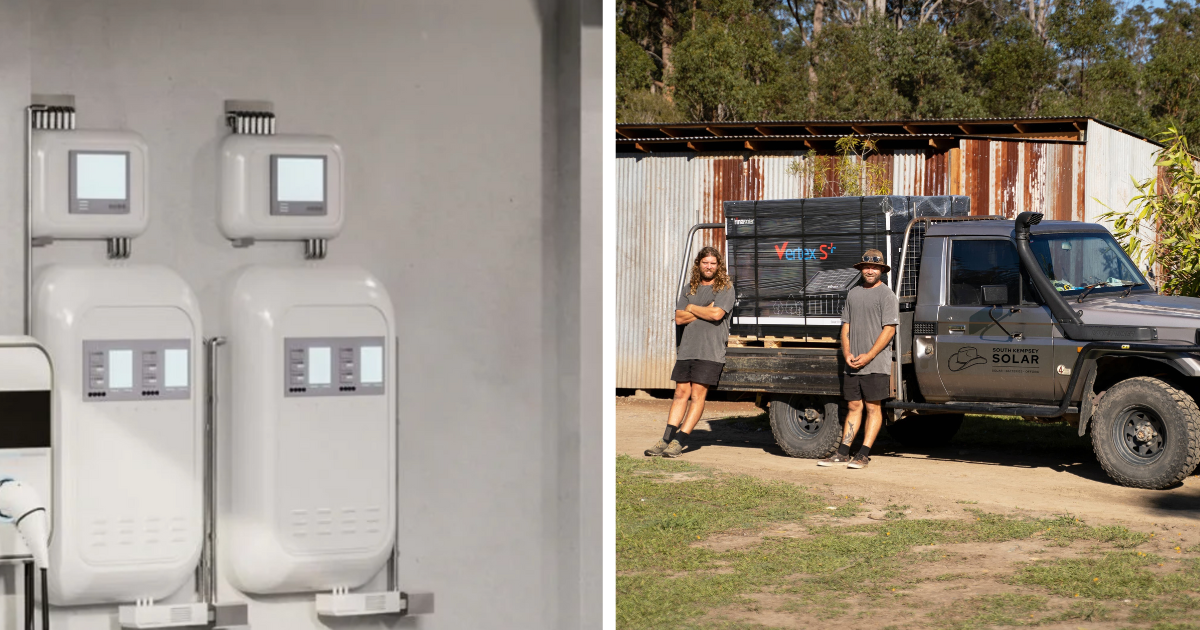MNC residents are paying the price for climate disasters, should the fossil fuel industry pay compensation?
With the intensity of climate disasters only set to increase, the question of who pays for the clean up and recovery might need a new answer.

It’s only halfway through the year and the Mid North Coast has already been hit by two destructive weather events with little time to recover. Many of those impacted by the record-breaking floods in May – and ex-tropical cyclone Alfred in March – were un-insured, had their homes declared unlivable, or were left begging the government for additional financial support to rebuild their lives. It’s a cycle that is fast becoming a trend as the region reckons with harsh and intensifying weather conditions.
The question of who pays for the clean up and recovery from these disasters is currently answered two-fold: either the government is able to offer support (and locals are able to access that support) or individuals are left to rely on their own savings or expensive insurance plans. And the cost of disasters is only set to rise as these severe weather events become more frequent and more intense due to climate change.
The cost of disasters is escalating, who's going to pay for it?
Natural disasters have already cost Australians over $2.2 billion this year alone. The Labor Government’s 25/26 budget forecast total costs for national disaster support will continue to rise to at least $13.5 billion.
In June, community members and local representatives on the Mid North Coast expressed urgent calls for Category D funding to be announced by the government to help primary producers and business owners recover from the May floods.
Nationals Member for Cowper, Pat Conaghan, lamented farmers in the region having to “beg for help.”
“The destruction caused in the Macleay and Nambucca Valleys surpassed the 2021 floods when Cat D was declared within a week and yet we are still waiting.” Conaghan said in a statement.
The state government said the delay was caused because it had to share the cost of assistance with the Commonwealth.
NSW Minister for Recovery and Member for Lismore, Janelle Saffin, told the Mid North Coaster in June the state government had submitted an application to the Commonwealth Government for Category D funding. “This is not something that NSW can afford by ourselves. This time we need the deeper pockets of the Commonwealth Government.”
Jack Thrower, a senior economist at the Australia Institute, believes the solution to the increasing cost of disasters – and pressure on individual communities and reliance on government assistance – involves making the fossil fuel companies responsible for climate change contribute to a recovery fund.
The proposal – a National Climate Disaster Fund – would involve a levy of $1 per tonne of carbon dioxide for all coal, gas, and oil produced in Australia. At the current prices and production levels, that levy would raise about $1.5 billion per year to help contribute to the increasing cost of disasters.
Why the fossil fuel industry?
Thrower said the National Climate Disaster Fund is about compensation and a way to reduce the cost burden of disaster response and recovery on taxpayers.
Scientists say the reason severe weather events are occurring with increasing frequency and ferocity is due to the pollution of coal, oil and gas industries.
Emeritus Professor at the University of Melbourne – and former chief research scientist at CSIRO – David Karoly told the Mid North Coaster in March that human-induced climate change, caused by the burning of fossil fuels, is the reason for high concentrations of carbon dioxide and methane in the atmosphere, with record high emissions in 2024.
The recent floods on the Mid North Coast caused five deaths, swallowed whole CBDs, and led to an insurance catastrophe being declared.
“It makes sense to make the fossil fuel industry pay in compensation for the damage that it's done to the planet and to these communities through increasing the impact of climate change,” Thrower told the Mid North Coaster.
Cost of living is rising for everyday Australians
Climate disasters are driving up the cost of living and costing Australians billions of dollars every year – from property damage, to interruptions to employment, to higher insurance premiums and higher food prices due to impacts on agriculture.
There were 31 natural disaster declarations across NSW during the 2024-25 financial year and this number is expected to rise.
“The main thing that we're saying… given that the fossil fuel industry is so much to blame for the climate change that we're seeing at the moment, then it makes sense for them to contribute to creating a National Climate Disaster Fund.”
“Either we have a collective solution to it or we let everyone fend for themselves…those are essentially the two paths.”
Thumbnail: (L) Flooding by Wes Warren (R) Ex-Tropical Cyclone Alfred, Bureau of Meteorology




